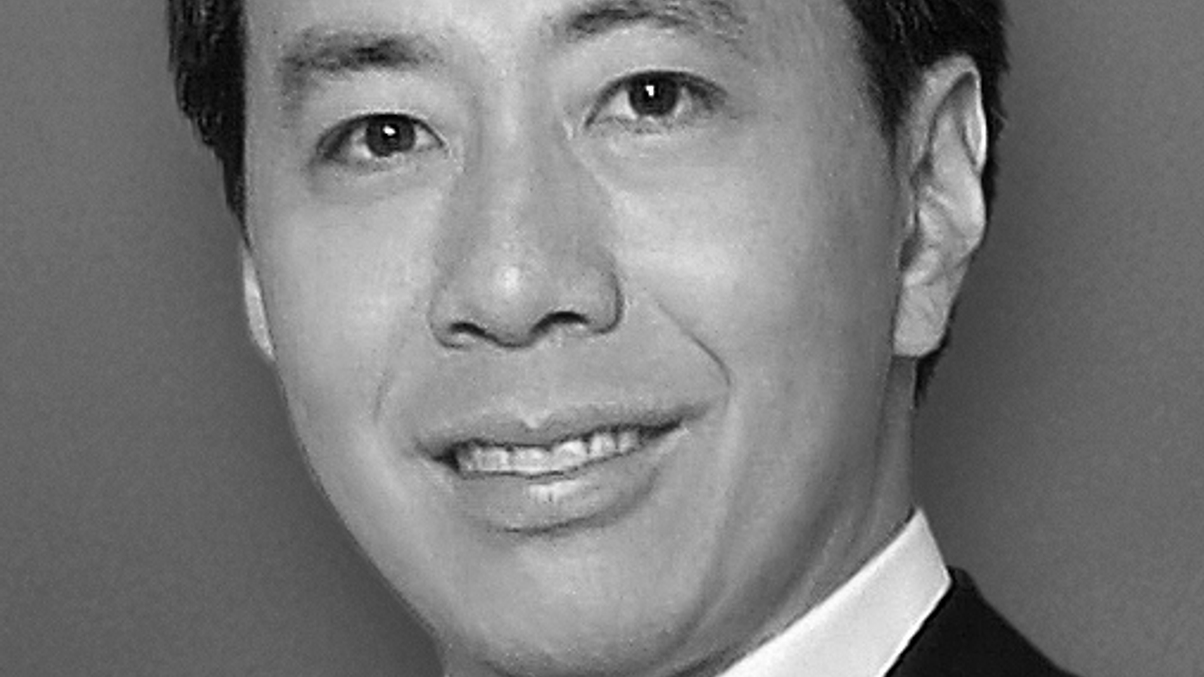CTA funds grow in China, spurred by commodities boom
Quant giants Winton and AHL are making inroads into China, where onshore CTA managers are already trading commodity futures on the mainland and abroad.

Spurred by the global commodities boom, China futures exchanges have been growing at a rapid pace, providing opportunities for quant fund managers both onshore and abroad.
Sign in to read on!
Registered users get 2 free articles in 30 days.
Subscribers have full unlimited access to AsianInvestor
Not signed up? New users get 2 free articles per month, plus a 7-day unlimited free trial.
¬ Haymarket Media Limited. All rights reserved.


